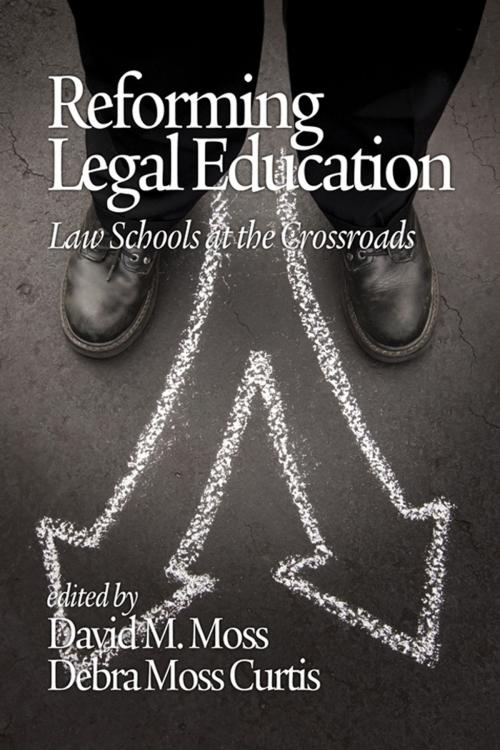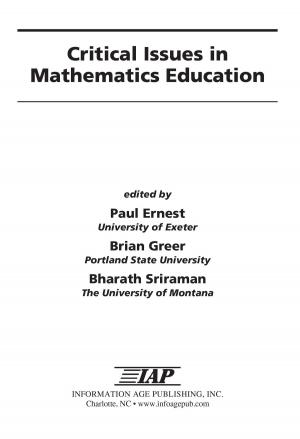Reforming Legal Education
Law Schools at the Crossroads
Nonfiction, Reference & Language, Law, Legal Education, Education & Teaching, Educational Theory, Educational Reform, Teaching, Teaching Methods| Author: | ISBN: | 9781617358616 | |
| Publisher: | Information Age Publishing | Publication: | November 1, 2012 |
| Imprint: | Information Age Publishing | Language: | English |
| Author: | |
| ISBN: | 9781617358616 |
| Publisher: | Information Age Publishing |
| Publication: | November 1, 2012 |
| Imprint: | Information Age Publishing |
| Language: | English |
In today’s volatile law school environment, curriculum reform has emerged as a significant focus. It is commonly understood that law schools effectively teach certain analytical skills, but are less successful in other areas, and often scramble to adapt to evolving aims. This book demonstrates how law schools are successfully reforming their curriculum and lays the framework to show how all schools of law can engage in a continuous reform model that proactively shapes our profession. It is expected that faculty and professional staff engaged in legal education will utilize this book as a primary resource to guide their respective reform efforts. Each contributed chapter presents a case study of a datadriven curriculum reform effort. The initial chapters set the conceptual context for the book, while the final chapter offers summative recommendations for considering legal education reform as derived from the earlier case study chapters. This book adds significantly to the literature in legal education, as we gain first hand insight into evidence based reform for the legal education community.
In today’s volatile law school environment, curriculum reform has emerged as a significant focus. It is commonly understood that law schools effectively teach certain analytical skills, but are less successful in other areas, and often scramble to adapt to evolving aims. This book demonstrates how law schools are successfully reforming their curriculum and lays the framework to show how all schools of law can engage in a continuous reform model that proactively shapes our profession. It is expected that faculty and professional staff engaged in legal education will utilize this book as a primary resource to guide their respective reform efforts. Each contributed chapter presents a case study of a datadriven curriculum reform effort. The initial chapters set the conceptual context for the book, while the final chapter offers summative recommendations for considering legal education reform as derived from the earlier case study chapters. This book adds significantly to the literature in legal education, as we gain first hand insight into evidence based reform for the legal education community.















